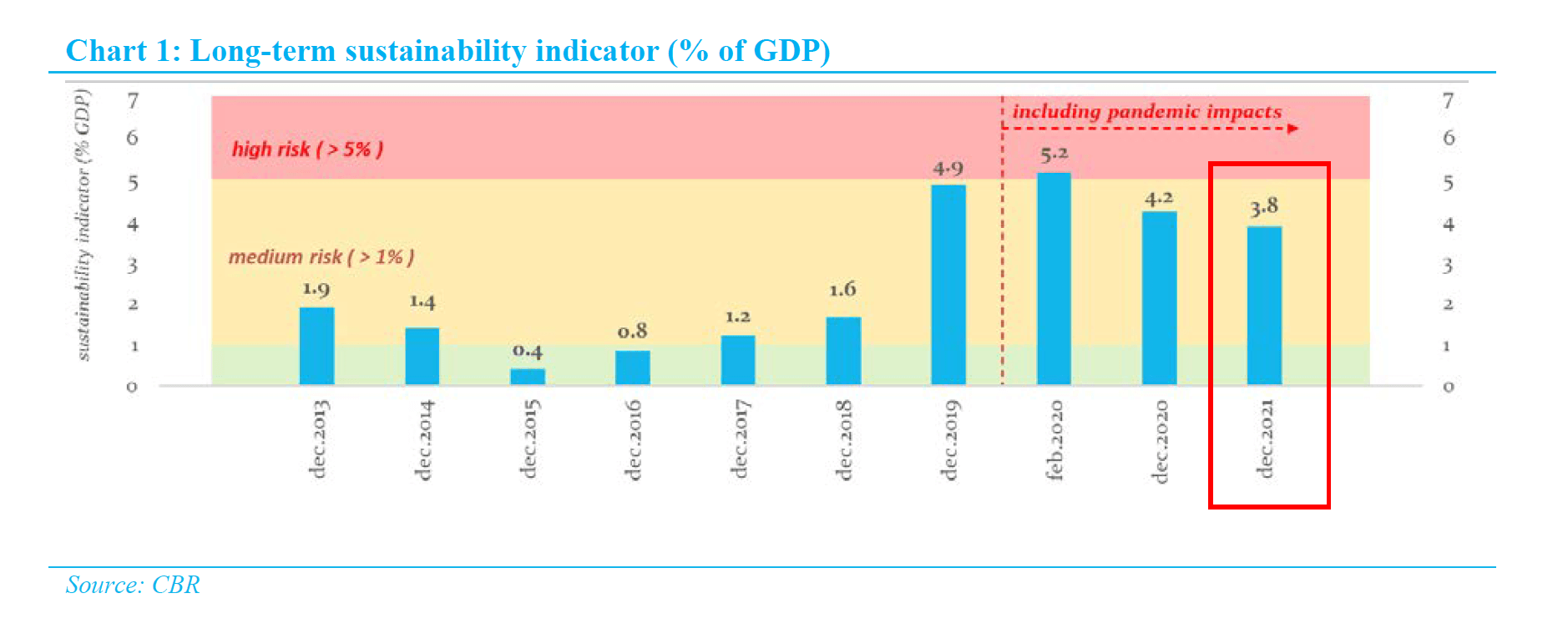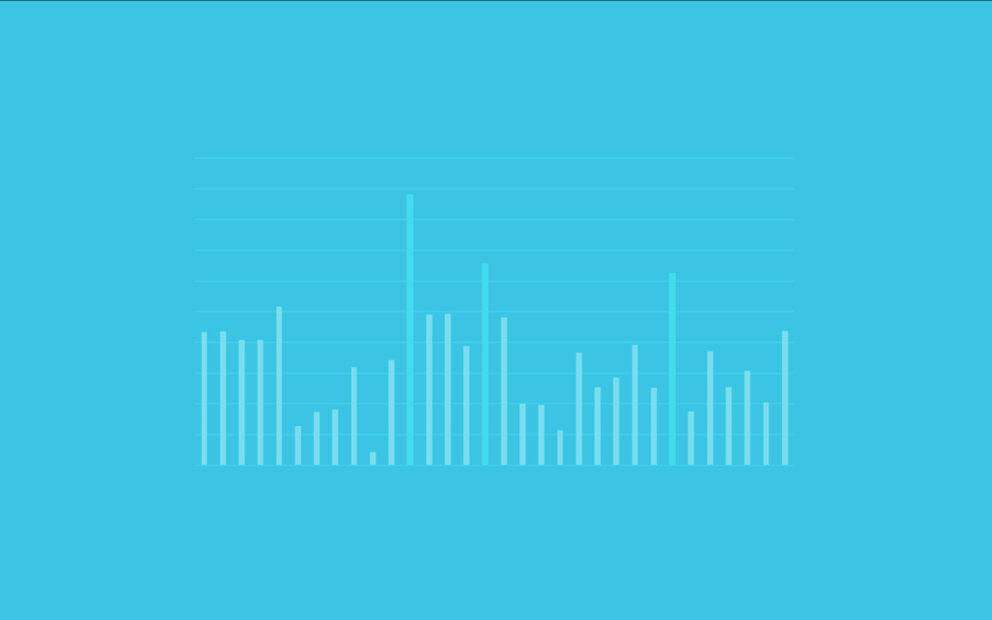The baseline scenario presented in this report is based on the end of 2021 and captures the impacts of the coronavirus pandemic on the long-term sustainability of public finances, but does not take into account consequences of the war in Ukraine . The Council notes that the long-term sustainability of public finances was not achieved even in 2021.
However, the most recent results for the 2021 budget, along with the revised results for 2020, indicate a clear turning point as the long-term sustainability indicator improved deeper into the medium-risk zone and reached 3.85% of GDP (EUR 4.1 billion) .

The long-term sustainability of public finances has significantly deteriorated in 2019 in particular due to legislative changes in the pension system , as well as a worsened budgetary policy (i.e., an increase in the structural deficit in comparison with 2018). At the end of 2019, when Slovakia enjoyed economically good times and unemployment was at all-time lows, public finances came very near to the high-risk threshold.
Sustainability continued to deteriorate also during the first months of 2020 (e.g., a significant increase in public sector wages, along with the introduction of the 13th pension payments, albeit with no additional resources allocated for this purpose), which contributed to public finances entering the high-risk zone in sustainability in February 2020 (with the long-term sustainability indicator reaching 5.2% of GDP).
The original estimates from April 2021 suggested even further deterioration of the long-term sustainability of public finances for 2020 to 5.6% of GDP, in particular, due to the outbreak of the pandemic. However, after taking into account the revised results of fiscal performance for 2020 and updated forecasts of implicit liabilities associated with population ageing , the value of the long-term sustainability indicator reached 4.18% of GDP at the end of 2020 despite the pandemic, thus falling within the medium-risk zone.


